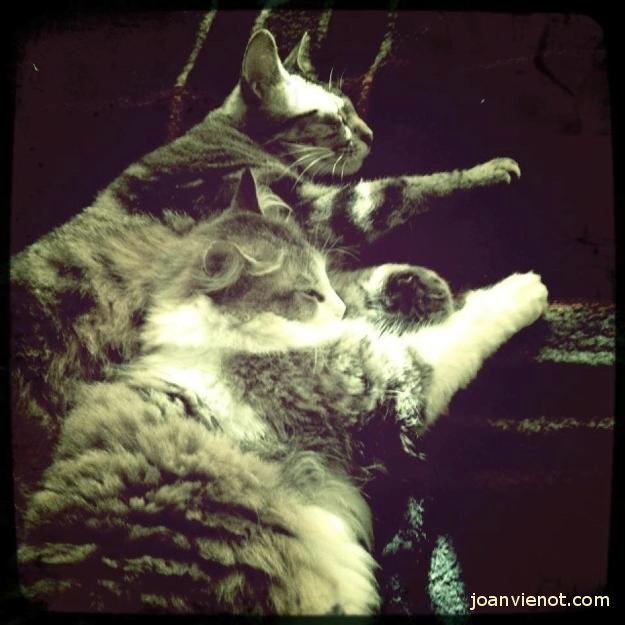Dates: Saturdays, Jan. 6- Feb. 10, 2024, 10am – noon.
Location: ArtWaves, 1345-A State Highway 102, Village of Town Hill, Bar Harbor, Maine 04609
Drawing is fundamental to art-making, whether a preliminary sketch for another artwork or a finished piece in its own right. This course will present basic skills to the beginner and a good solid review for the advanced artist, in six 2-hour classes over 6 weeks. All skill levels are welcome.
Each class will consist of small segments of instruction, with mentored practice between each segment. We will talk about line and line quality, effective shape-making, creating the illusion of space, light and shadow, experimental mark-making, and elements of composition, all while practicing drawing technique and media exploration. Subjects will include both the traditional and the unconventional.
The fee is for all or part of the course. Class size will be a maximum 10 students, or a minimum of 6, and will be presented in the Fine Art Studio at ArtWaves, 1345-A State Highway 102, Village of Town Hill, Bar Harbor, Maine 04609. The studio is equipped with flat work tables for our practice. If you prefer working with a table-top easel or a free-standing easel, feel free to bring your own with a drawing board.
Supplies will be provided, but if you have your own favorite drawing supplies, you are welcome to bring them. Don’t buy anything special. We plan to use supplies similar to the following:
Ordinary #2 pencil
Ebony pencil – jet-black extra-smooth 6B or 8B soft graphite
Water soluble pencil, i.e., a Derwent Sketching pencil, dark wash, 8B, or a Derwent Graphitint pencil, any dark color
Charcoal pencil, paper-wrapped, extra soft
Nupastel stick or soft pastel, white
Water soluble pen, dark color with medium or fine point (Vis-à-vis or Flair)
White eraser, i.e., White Pearl
18” ruler
Watercolor brushes: a well-shaped rigger or #0 round; #6 round; and a wider brush
Water bowl
Paper towels
Soft thin cotton rag, small, for smudging dry media
Old sketchbook for note-sketches and for practicing at home. (Yes, homework!)
Good quality white paper, 18 x 24 and 12×18.
Optional: fixative to preserve your masterpiece. NOTE: aerosols may only be used outside the building. Blick Matte Fixative is inexpensive and re-workable.
We will work on the flat tables in the studio. If you are more comfortable with an easel, you may bring your own table-top easel or free-standing easel and drawing board.
Course instructor Joan Vienot resides in Trenton, Maine. Her website is https://joanvienot.com.
Register at ArtWavesMDI.com.



